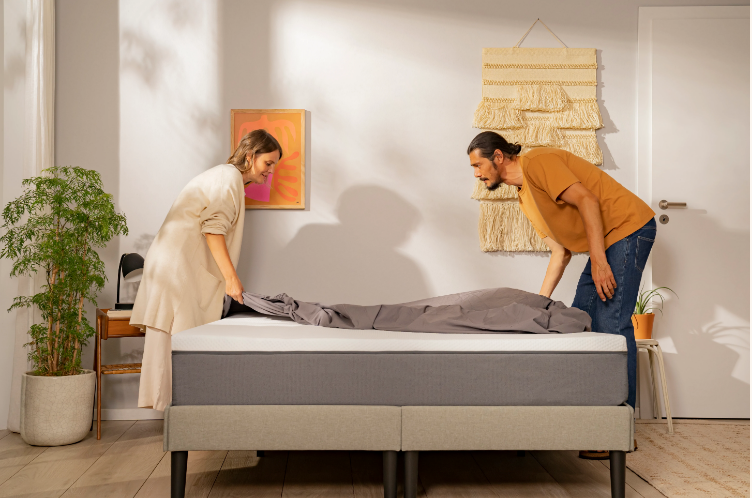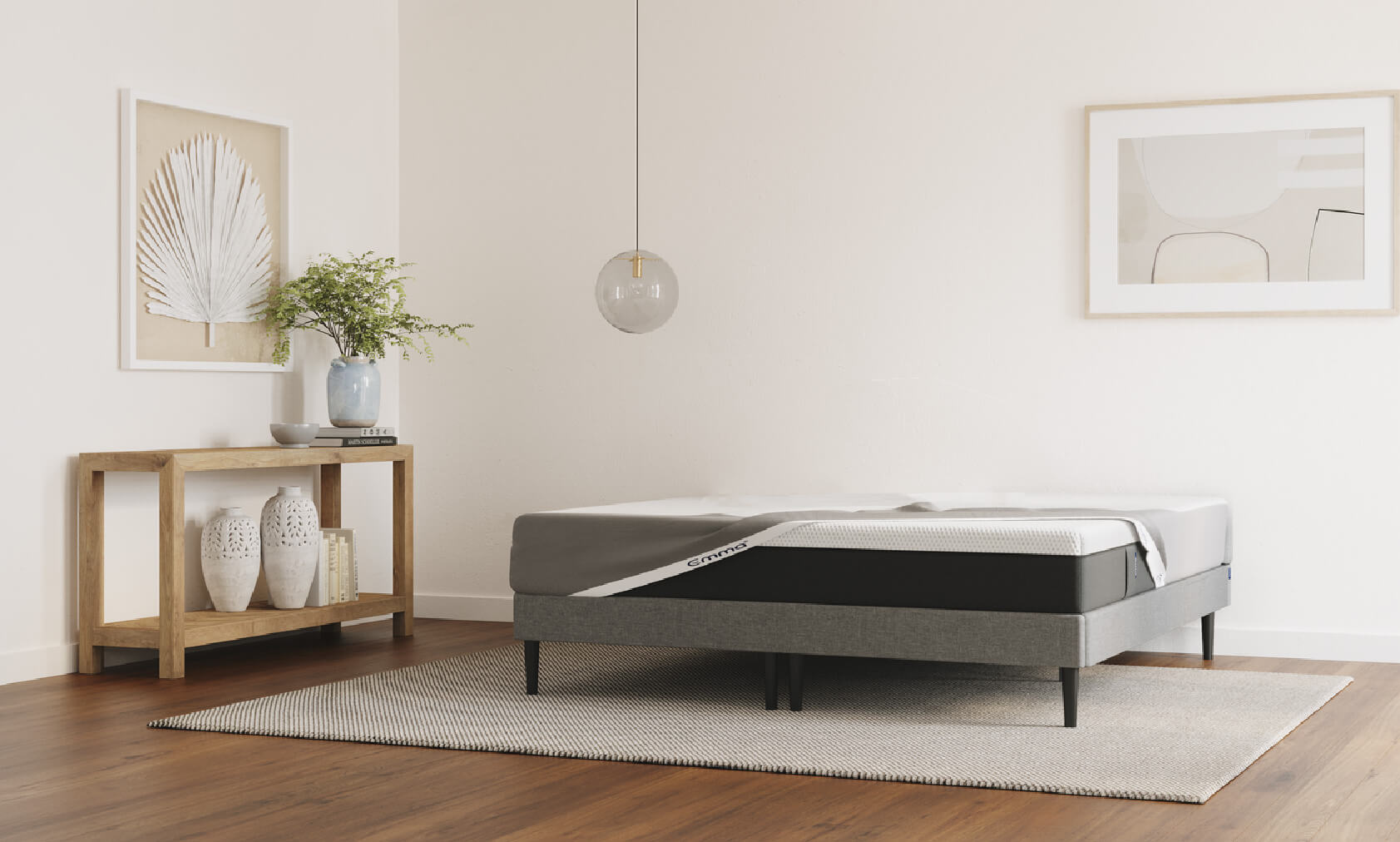



Clock is ticking! Go to checkout and secure your savings now.
Note: Items in your order will ship individually, so expect separate deliveries for each product.
Some Things Are Better Together

FREE
with 
Just select "Affirm" at checkout.
*Not available for purchase under $300 CAD
*Affirm cannot be used in conjunction with other discounts and promotions.